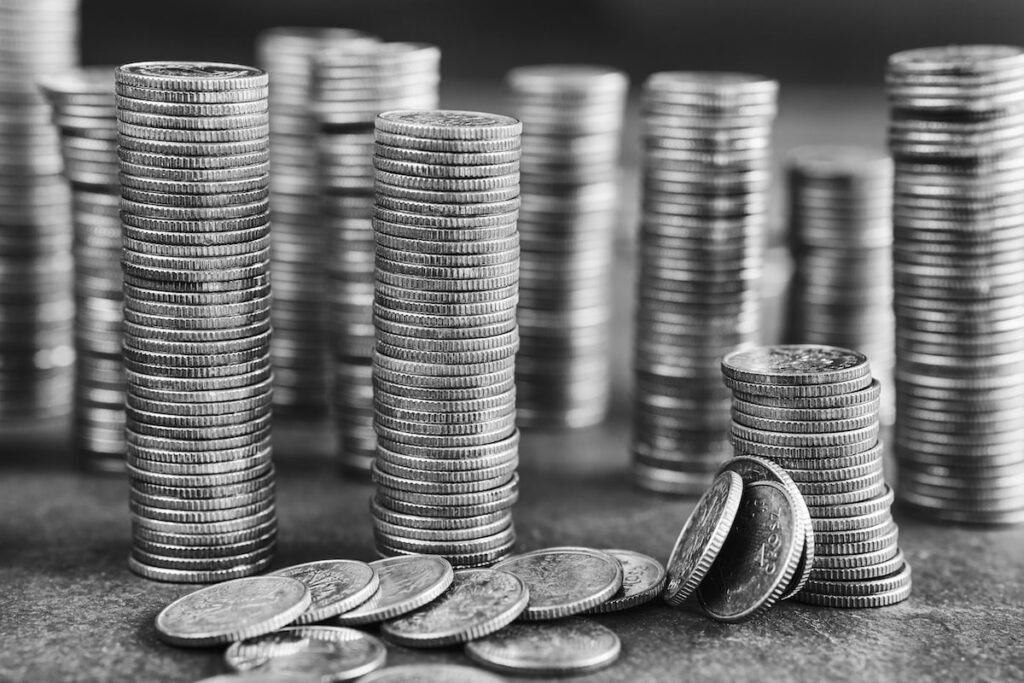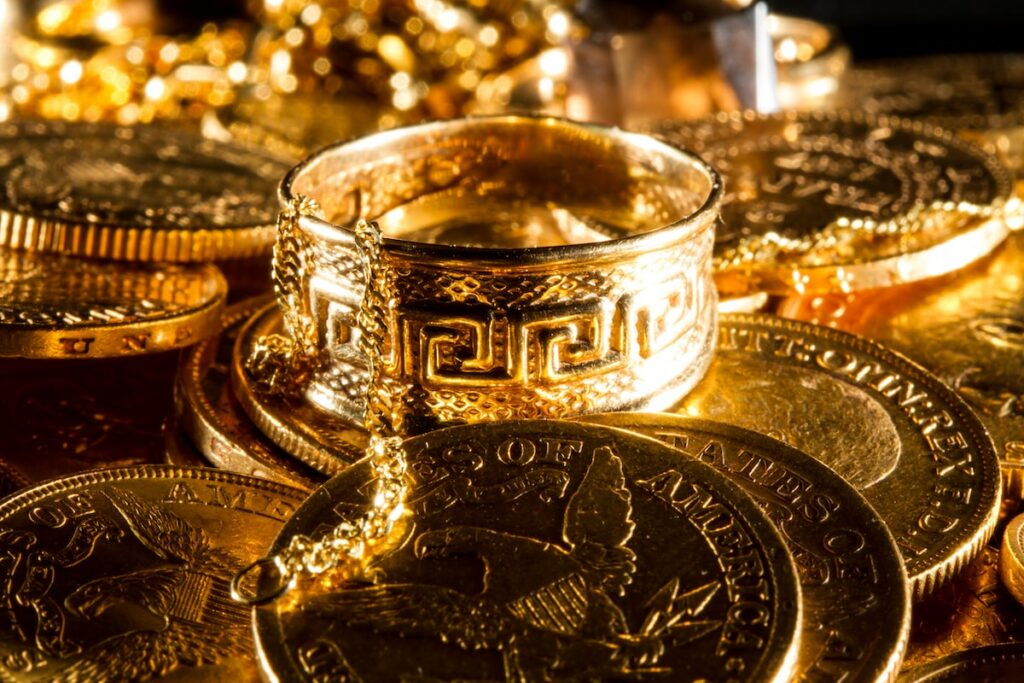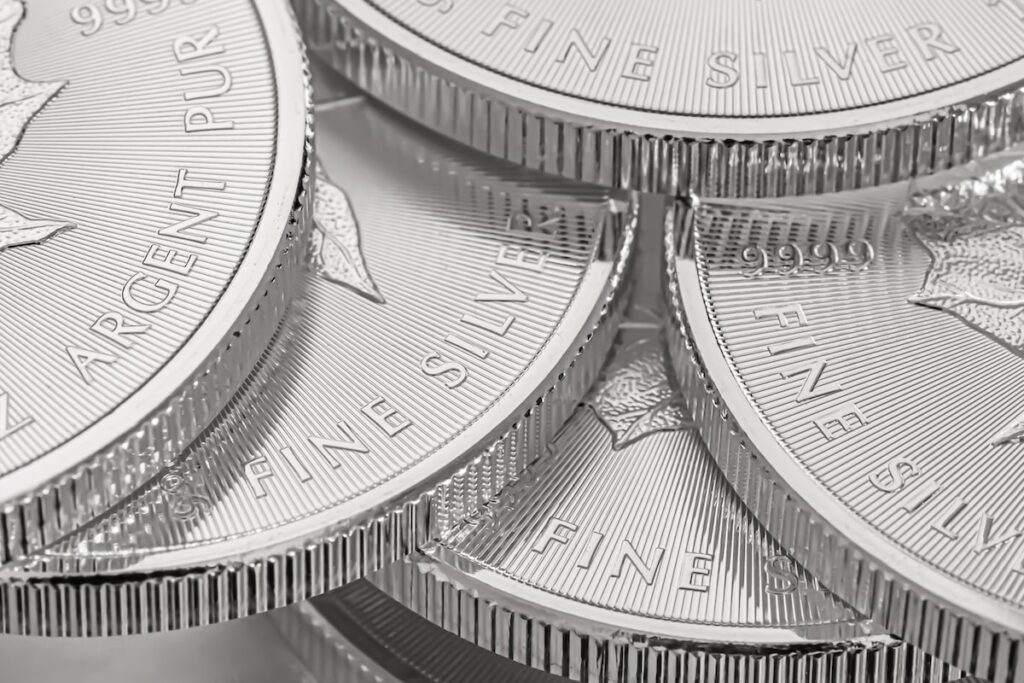In the late 19th century, a fierce debate ignited across the United States that would shape economic policy and political ideologies for years.
At the heart of this heated discussion stood the concept of free silver, a topic that transcended its mere monetary implications.
As the nation grappled with economic hardships and disparities, the significance of the free silver movement went far beyond the metal itself.
It represented divergent visions for the future, clashed with established interests, and captured the collective imagination of a nation in search of solutions.
Free silver was important because it aimed to expand the money supply by allowing the unlimited coinage of silver, which was believed to benefit debtors, farmers, and the working class by increasing inflation and easing financial burdens.
Understanding the underlying reasons behind the importance of free silver requires a closer examination of its historical context and the complex web of societal forces that converged around this divisive issue.
Historical Context: Economic Turmoil and Monetary Policy
The late 19th century was a period of significant economic turbulence in the United States.
The country was recovering from the devastating effects of the Civil War while also grappling with the challenges of industrialization and rapid urbanization.
These transformative changes led to stark disparities between rural and urban areas and growing economic inequality.
During this time, the nation adhered to the gold standard, meaning the currency was directly linked to and redeemable for a fixed amount of gold.
However, the limited money supply based on gold posed challenges for an expanding economy.
As the industrial sector boomed and farmers faced declining prices for their agricultural products, many believed that the gold standard favored creditors and the wealthy, leaving debtors and the working class at a disadvantage.
Amidst this backdrop of economic turmoil, the free silver movement gained traction.
Advocates argued for the unlimited coinage of silver, which would expand the money supply and stimulate inflation.
They believed this would alleviate the financial burdens faced by farmers and debtors and provide more liquidity to the economy.
The free silver movement, therefore, emerged as a response to the economic challenges of the time and the desire to address the growing disparities through monetary policy reform.
The Silver Debate Begins: Origins and Supporters
The origins of the silver debate can be traced back to the Coinage Act of 1873, also known as the “Crime of ’73.”
This legislation demonetized silver, effectively ending its use as a standard currency and establishing the gold standard as the primary monetary system.
This move sparked outrage among silver miners, farmers, and other advocates who believed it favored the interests of the financial elites and limited economic opportunities for the common people.
The movement gained significant momentum with the founding of the Free Silver movement in the 1870s.
Key figures such as William Jennings Bryan, a prominent politician, and orator, played a crucial role in promoting the cause of free silver.
Bryan’s famous “Cross of Gold” speech at the 1896 Democratic National Convention captured the essence of the movement, decrying the gold standard and rallying support for free silver to empower the masses.
Here is a quote from that speech:
Those who are opposed to this proposition tell us that the issue of paper money is a function of the bank and that the government ought to go out of the banking business. I stand with Jefferson rather than with them, and tell them, as he did, that the issue of money is a function of the government and that the banks should go out of the governing business.
William Jennings Bryan, Gold Cross Speech, 1896
Listen to the full speech on History Matters.
Supporters of free silver primarily consisted of farmers, debtors, and laborers who felt the strain of deflation and sought relief from their economic burdens.
They argued that the unrestricted silver coinage would increase the money supply, stimulate inflation, and raise commodity prices.
This, in turn, was believed to alleviate the heavy debts faced by farmers and give them greater access to credit.
The movement garnered support from rural regions, particularly in the Midwest and South, where farmers felt the most acute economic pressures.
The silver debate thus became a rallying point for those who sought to challenge the prevailing economic order and address the grievances of those at the lower rungs of society.
Economic Impact: Free Silver and Inflationary Effects
One of the key arguments put forth by advocates of free silver was its potential to generate inflationary effects that would benefit debtors, farmers, and the working class.
The unlimited coinage of silver was believed to expand the money supply, injecting more currency into circulation.
This increased available money was expected to stimulate demand and drive up prices for goods and services, leading to a general rise in inflation.
Proponents of free silver contended that inflation would be advantageous for various reasons.
First and foremost, it was seen as a means to alleviate the heavy burden of debts.
With rising prices, debtors could repay their obligations with a currency that had diminished purchasing power, effectively reducing the real value of their debts.
This was particularly significant for farmers, who often carried substantial debts due to fluctuating commodity prices and high agricultural production costs.
Additionally, inflation was seen as a way to improve the financial prospects of farmers.
As prices for agricultural products increased, farmers benefitted from higher revenues, which could help them sustain their livelihoods and improve their economic conditions.
Furthermore, inflationary effects were expected to relieve the working class by boosting wages with rising prices, resulting in increased purchasing power.
However, the potential consequences of inflation were a subject of fierce debate.
Critics argued that it could erode the value of savings, disrupt business investments, and destabilize the overall economy.
Therefore, the economic impact of free silver and its inflationary effects remained a central point of contention in the broader discussion surrounding the movement.
Political Divisions: Free Silver and Partisan Politics
The issue of free silver became deeply intertwined with partisan politics during the late 19th century.
It sparked intense divisions between different political parties and factions, reflecting broader ideological and economic conflicts of the time.
The Democratic Party emerged as a primary champion of the free silver cause.
Democrats, particularly in rural regions, saw free silver as a means to address the economic challenges farmers and rural communities faced.
They argued that unrestricted coinage of silver would promote economic fairness, challenge the dominance of financial elites, and empower the working class.
Prominent Democratic leaders, such as William Jennings Bryan, became prominent advocates for free silver, solidifying its place as a defining issue for the party.
On the other hand, the Republican Party largely stood in opposition to free silver.
Republicans favored the gold standard and were more aligned with the interests of industrialists, financiers, and creditors.
They argued that maintaining the stability and credibility of the monetary system was crucial for economic growth and investment.
Republicans feared that unrestricted coinage of silver would lead to inflation, devalue the currency, and undermine the economic stability they sought to preserve.
The deep divide between Democrats and Republicans on the issue of free silver shaped electoral politics during this period.
The 1896 presidential election, in particular, became a pivotal contest that revolved around the question of free silver.
William Jennings Bryan, the Democratic candidate, delivered his fiery “Cross of Gold” speech, while Republican candidate William McKinley represented the gold standard and more conservative economic policies.
The election ultimately resulted in McKinley’s victory.
Still, it highlighted the significant role of the free silver debate in shaping political alignments and galvanizing support from different segments of society.
The partisan nature of the free silver issue underscores how economic policies can become deeply entangled with political ideologies, driving deep divisions and shaping electoral outcomes.
The clash between Democrats and Republicans over free silver further illustrates the broader tensions and economic disparities that characterized the era.
Legacy and Lessons: Understanding the Significance of Free Silver
The free silver movement and the debates surrounding it left a lasting legacy in American history, shaping economic policies, political ideologies, and the relationship between the government and monetary systems.
While the immediate goals of the free silver movement were not fully realized, its impact and significance continue to reverberate.
Firstly, the free silver movement highlighted the deep socioeconomic divides of the late 19th century.
It shed light on farmers, debtors, and the working class’s economic struggles and highlighted the disparities between rural and urban areas.
The movement galvanized support from those left behind by the prevailing economic order, revealing the power of economic grievances to mobilize political action.
Secondly, the debates around free silver highlighted the interconnectedness of economics and politics.
The movement became a focal point for partisan politics, with Democrats advocating for free silver to challenge entrenched interests and promote economic fairness.
At the same time, Republicans sought to maintain the stability and credibility of the monetary system.
The clash between these ideologies demonstrated how economic policies can become deeply entangled with political agendas and shape electoral outcomes.
Furthermore, the legacy of free silver can be seen in the subsequent evolution of monetary policy.
While the free silver movement did not achieve its immediate goals, it contributed to a broader reevaluation of the monetary system.
The eventual shift away from the gold standard and the adoption of more flexible monetary policies in the 20th century reflected a recognition of the need for a responsive and adaptable monetary framework.
Yet we now have a system that allows for infinite money printing based on FIAT currency.
The significance of free silver lies not only in its specific economic implications but also in its broader lessons.
It serves as a reminder of the power of economic grievances to mobilize political movements, the complex relationship between economics and politics, and the enduring quest for economic fairness and inclusivity.
Understanding the legacy of free silver helps us grasp the historical context in which economic debates occur and provides valuable insights into the ongoing pursuit of equitable economic systems.
A very interesting parallel to make today is how Bitcoin is now being used to rally various political voters against the FIAT monetary system.
Source
Official Proceedings of the Democratic National Convention Held in Chicago, Illinois, July 7, 8, 9, 10, and 11, 1896, (Logansport, Indiana, 1896), 226–234. Reprinted in The Annals of America, Vol. 12, 1895–1904: Populism, Imperialism, and Reform (Chicago: Encyclopedia Britannica, Inc., 1968), 100–105.




